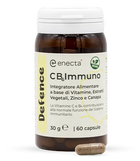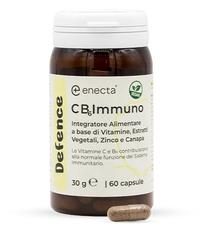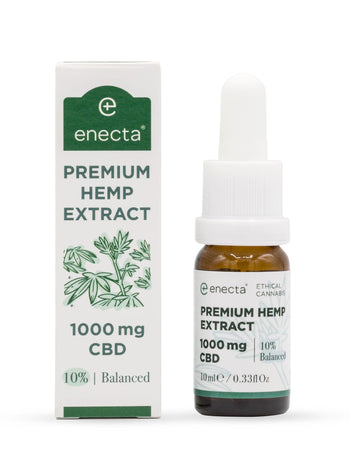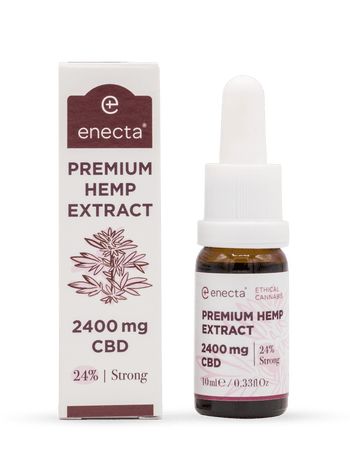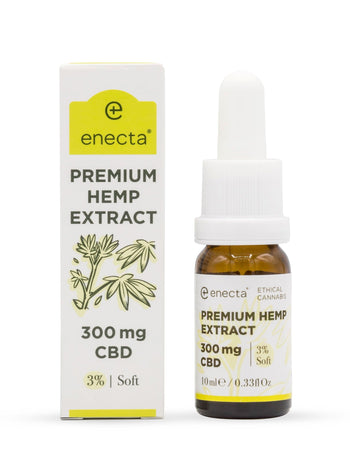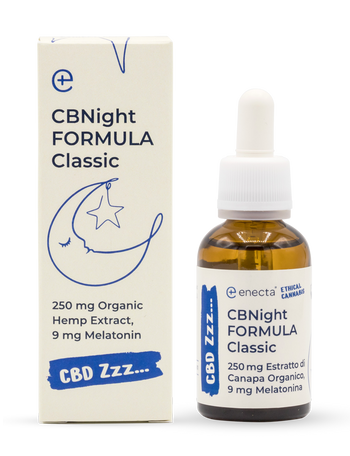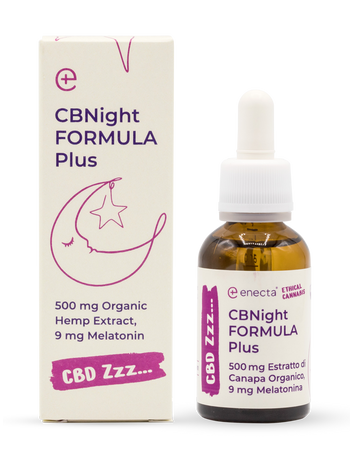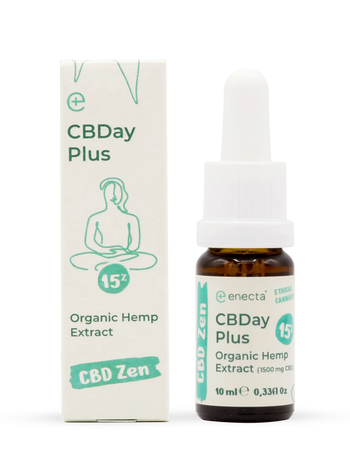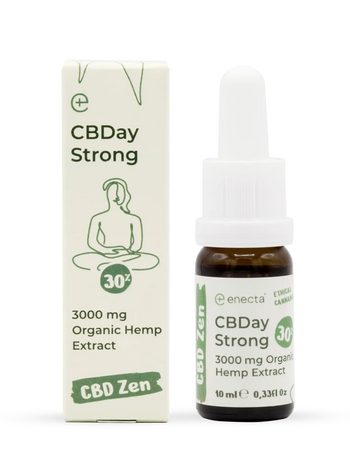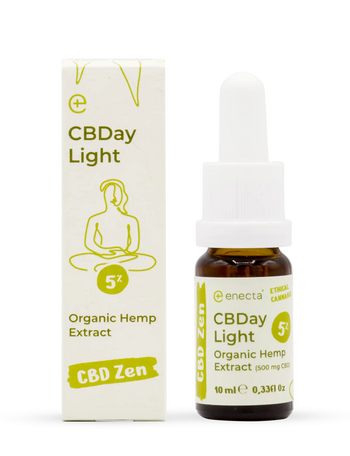CBD is known for its countless health benefits like its ability to fight chronic pain, reduce stress and anxiety levels, and ease the discomfort you may feel from other ailments and diseases.
These are some of the more common things that come to mind when you think of cannabidiol, but what else is there to know about this natural substance that offers so many advantages for your health?
How Does CBD Work?
We are all equipped with something called an endocannabinoid system, which is a network that runs through our entire body that helps establish and maintain overall wellness.
CBD works directly with the endocannabinoid system by intercepting the CB1 and CB2 receptors. These receptors are responsible for transmitting messages to the brain. By impacting the activity of these receptors, cannabidiol (CBD) is able to reduce sensations of chronic pain, alleviate stress and anxiety, reduce inflammation, and so much more.
When Was CBD Discovered?
While some may believe that cannabidiols therapeutic effects are a relatively recent discovery, that actually isn’t the case. The use of hemp seeds date back thousands of years, and there is evidence that suggests Queen Victoria used CBD for menstrual cramps in the 19th century. Aside from this very early utilization of cannabidiol, you can trace CBD back to the 1940s, while the first real breakthrough occurred in the early 1960s.
The first person to ever successfully extract CBD from the cannabis plant was a Harvard graduate and chemist by the name of Roger Adams. Although he was able to do this back in the ’40s, he wasn't fully aware of his findings and failed to realize what he had achieved. It wasn’t until years later that Adams and other scientists truly began researching cannabidiol and uncovered it’s potential.
In 1963, Dr. Raphael Mechoulam made the first real strides towards understanding the effects of cannabinoids. He successfully identified CBDs stereochemistry, and one year later made another breakthrough by discovering THCs stereochemistry. This finding uncovered the euphoric effect that is commonly associated with THC, and he was able to dissociate CBD with being a mind-altering, psychoactive substance.
As research continued, Dr. Mechoulam and his team conducted a study in the 1980s on the potential of using CBD as a treatment for epilepsy. During this study, they administered 300mgs of cannabidiol to a group of 8 subjects. Half of these subjects stopped having seizures, and the rest had a noticeable decrease in the frequency of their seizures.
These findings had the potential to change the world for epilepsy sufferers, although the negative stigma surrounding cannabis hindered this discovery from being publicized.
CBD Today
Cannabidiol is quickly becoming accepted across the map. Now that we understand CBD more and are able to differentiate it from THC, the rules and regulations surrounding it have changed.
People have become much more open to the idea of using CBD and since the world has become more accepting, we are seeing many new methods of ingestion and products available on the market for consumers.
Different Forms of CBD
Earlier on when everyone was first learning about CBD, the most common forms you’d find would primarily be oils and tinctures. These would be applied orally under the tongue. Today, there are so many different types of cannabidiol infused products available you probably wouldn't know where to begin. Let’s start by taking a look at three favored methods.












